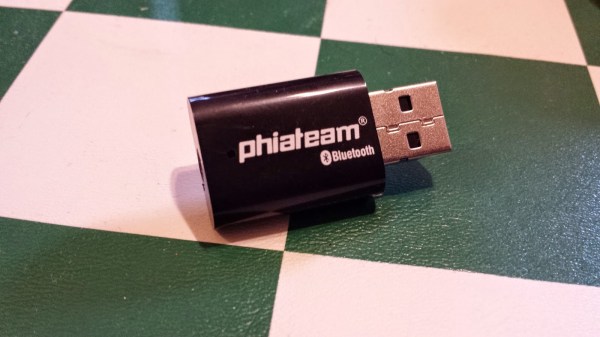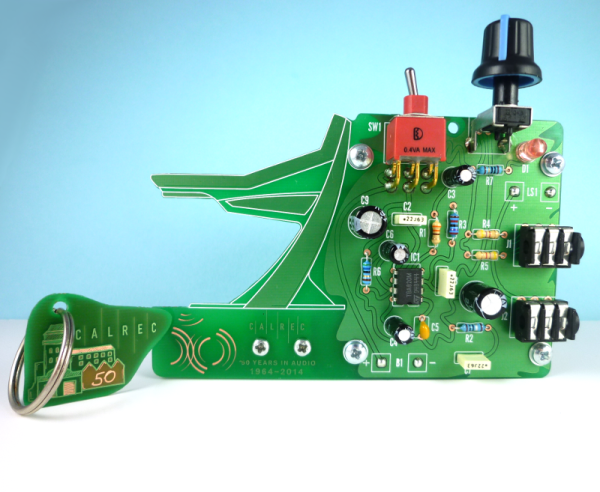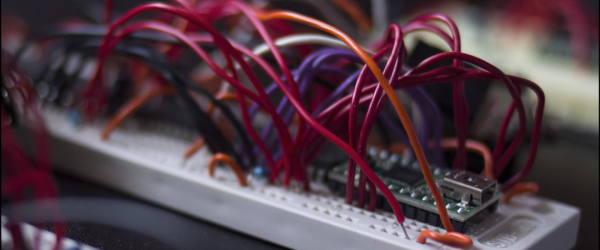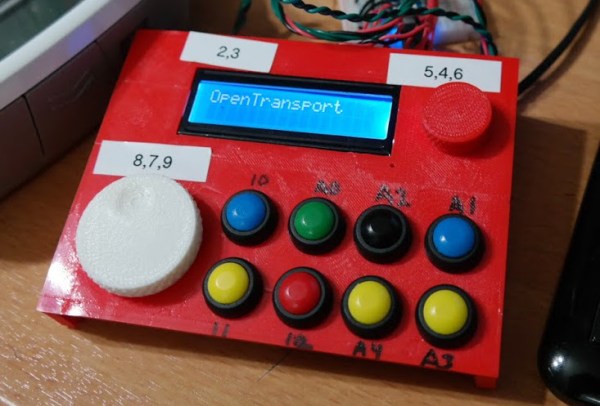We’ve seen all sorts of ways to implement Bluetooth connectivity on your car stereo, but [Tony’s] hack may be the cheapest and easiest way yet. The above-featured Bluetooth receiver is a measly $15 over at Amazon (actually $7.50 today—it’s Cyber Monday after all) and couldn’t be any more hacker-friendly. It features a headphone jack for plugging into your car’s AUX port and is powered via USB.
[Tony] didn’t want the receiver clunking around in the console, though, so he cracked it open and went about integrating it directly by soldering the appropriate USB pins to 5V and GND on the stereo. There was just one catch: the stereo had no AUX input. [Tony] needed to rig his own, so he hijacked the CD player’s left and right audio channels (read about it in his other post), which he then soldered to the audio output of the Bluetooth device. After shoving all the bits back into the dashboard, [Tony] just needed to fool his stereo into thinking a CD was playing, so he burned a disc with 10 hours of silence to spin while the tunes play wirelessly. Nice!




 For the special occasion of their 50th anniversary, Calrec Audio contacted [Saar] requesting he create something a bit more enticing than their standard rectangular design from previous years. With their schematic as a starting point, [Saar] used cardboard to mock-up a few of his ideas in order to get a feel for the placement of the components. Several renditions later, [Saar] decided to implement the exact proportions of the company’s iconic Apollo desk into the heart of the design as an added nod back to the company itself. In the negative space between the lines of the Apollo desk there is a small perforated piece depicting the mill where the Calrec offices are located. The image of the mill makes use of different combinations of copper, silk and solder mask either absent or present to create shading and depth as the light passes through the board. This small piece that would have otherwise been removed as scrap can be snapped off from the body of the PCB and used as a commemorative keychain.
For the special occasion of their 50th anniversary, Calrec Audio contacted [Saar] requesting he create something a bit more enticing than their standard rectangular design from previous years. With their schematic as a starting point, [Saar] used cardboard to mock-up a few of his ideas in order to get a feel for the placement of the components. Several renditions later, [Saar] decided to implement the exact proportions of the company’s iconic Apollo desk into the heart of the design as an added nod back to the company itself. In the negative space between the lines of the Apollo desk there is a small perforated piece depicting the mill where the Calrec offices are located. The image of the mill makes use of different combinations of copper, silk and solder mask either absent or present to create shading and depth as the light passes through the board. This small piece that would have otherwise been removed as scrap can be snapped off from the body of the PCB and used as a commemorative keychain.


![Image is © aliceazzo [http://aliceazzo.deviantart.com/].](https://hackaday.com/wp-content/uploads/2014/10/9132521412537668507.jpg?w=300)









